|

| |
|
|
| |
 |
|
| |
The spawning boards are carefully placed where roach are likely to migrate to spawn. These have been designed and constructed by us from old fishing net and untreated scaffold boards and made to replicate fontinalis (Willow Moss) the natural substrate preferred by roach. Some are floated on the surface while others are suspended mid water. Both have been successful.
|
|
| |
 |
|
| |
|
|
| |
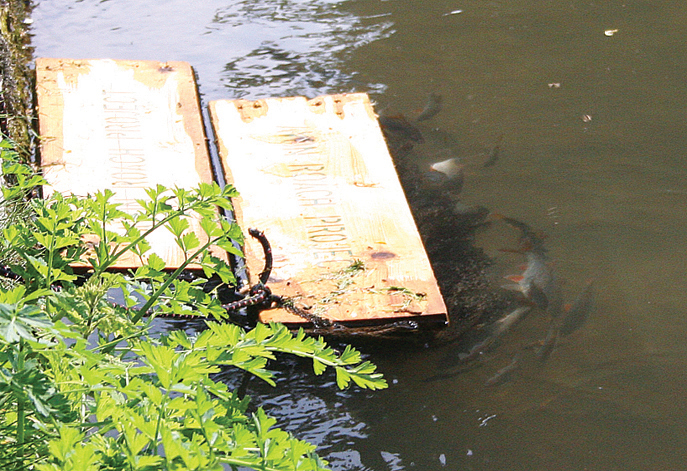 |
|
| |
The outstanding effectiveness of our spawning boards is absolutely breathtaking. We’ve realised that we have hit on something extremely special here. The reality is that if roach spawn in the area and we have a board or boards in place, they will use it exclusively and in preference to the real fontinalis. In every location they spawned only on our boards and completely ignored the real stuff, even if our board constituted just one in twenty meters of possible spawning substrate. In every case we lifted our spawning boards, mid-spawning, and replaced them with fresh, leaving what was deposited after this to hatch in the river.
|
|
| |
 |
|
| |
|
|
| |
 |
|
| |
We have been very lucky to get some spectacular shots of roach spawning on our boards and, as you can imagine, when faced with events such as this, the camera shutter sounded like someone playing the washboard. We got hundreds of photos, some of which you’ll see if you have the patience to wade through this web site. While the day to day responsibilities of running the project and all that goes with it can be quite burdensome, to be able to sit amid the warming spring temperatures, a blizzardous grannom hatch to the accompaniment of a distant cuckoo with this going on just a few yards from you is simply heaven on earth. We enjoyed every moment of it.
|
|
| |
 |
|
| |
|
|
| |
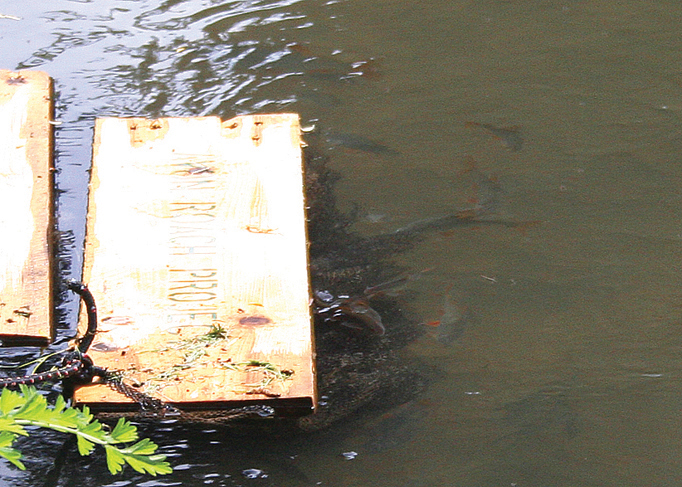 |
|
| |
The spawning at this location went on over quite a few days and although it seems there is an abundance of roach here, there was in fact only a few dozen, maybe fifty, so not exactly teeming. The problem with this is that although a female roach may lay between 1000 and 15000 eggs, depending on her size and condition, the attrition rate is extremely high, with perhaps only one in five to seven thousand making it to its first birthday. It takes a lot of spawn to maintain a population. That’s where we hope to help by getting thousands to their first birthday, then on to adulthood and old enough to spawn themselves once returned to the river.
|
|
| |
 |
|
| |
|
|
| |
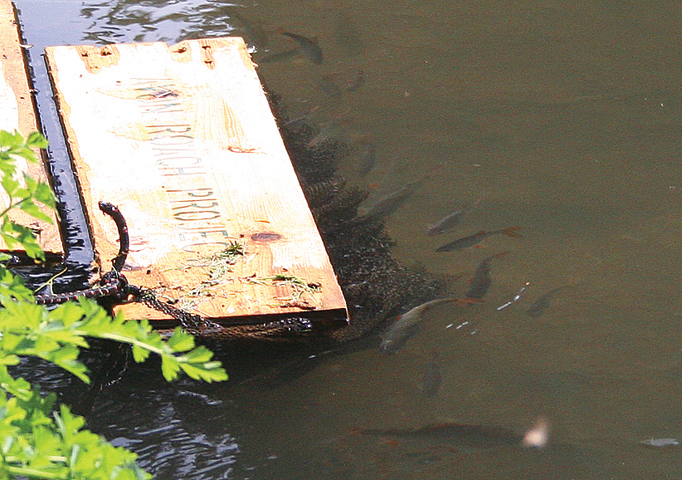 |
|
| |
We lifted these two spawning boards after a day or so and replaced them with fresh. The roach were spawning on the replacements after only a couple of minutes. At one location, when we retrieved a spawning board which had been floated down to an overhanging tree on the end of a rope, the roach continued to spawn while we dragged it up river, leaving it only as it was lifted clear of the water.
|
|
| |
 |
|
| |
|
|
| |
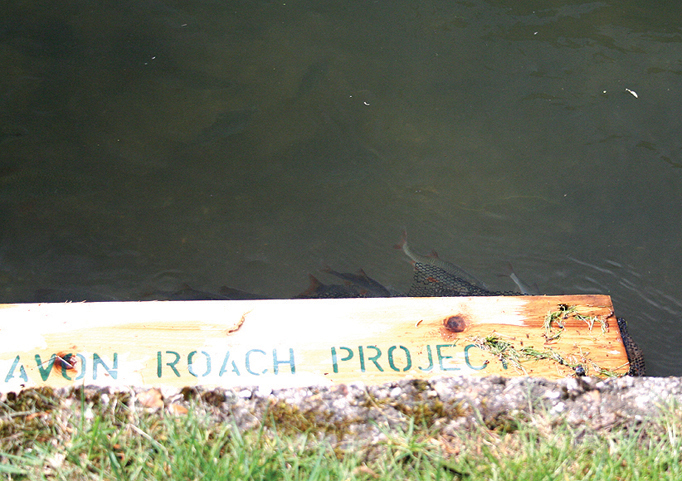 |
|
| |
The roach, while spawning, are extremely vulnerable, with their natural shyness and caution taking second order to their desire to procreate. This gave Trevor an opportunity to crawl along and get shots like these. At one point he had two pound roach eighteen inches from his nose. We couldn’t shut him up for days afterwards.
|
|
| |
 |
|
| |
|
|
| |
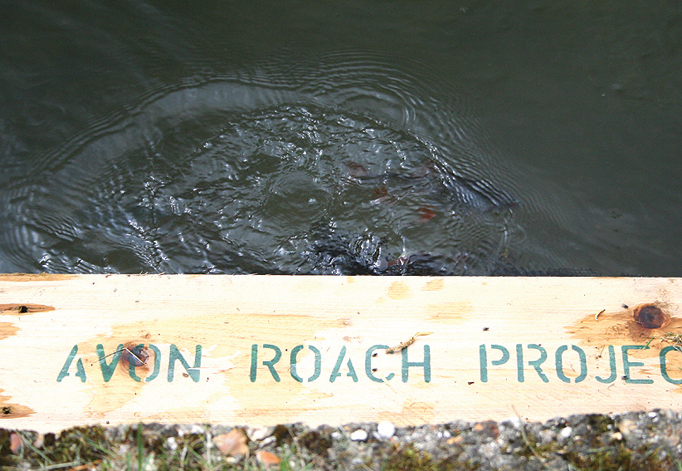 |
|
| |
The spawning board photographed here is in about two feet of water. We had another placed close by in what was about eighteen inches, but the river dropped and when the roach started spawning the netting was touching the river bed. However, when we lifted and inspected it, it had been spawned on. We were amazed. To add to our amazement, the board had been placed in a spot where, when the level dropped, the flow was funnelled through a little gap between weed, and had collected what looked like the hedge trimmings from every garden upstream to Salisbury. The one in this shot, however, was in prime position.
|
|
| |
 |
|
| |
|
|
| |
 |
|
| |
The size difference in the spawners was quite remarkable with many year classes joining in the same orgy, from the smallest at three or four years of age, having just reached sexual maturity, to the two pounders, which would be around ten years old, one of which can just be made out above the ‘P’ on the board.
|
|
| |
 |
|
| |
|
|
| |
 |
|
| |
Photographed at a different location and from a different angle, we were able to see how the roach get right up into the netting to spawn. This was very evident when we lifted some of the boards, as they had actually deposited eggs on the underside of the board itself, a picture of which can be seen in the 2009/10 section of this web site.
|
|
| |
 |
|
| |
|
|
| |
 |
|
| |
As well as dislodging oxygen from the netting, the roach release a chemical discharge, when spawning, creating a foam on the water surface, if there in sufficient numbers. This can betray the location of roach spawning sites in pools and still waters, where they are likely to spawn on willow roots. This is how we found them when testing our spawning boards in the early stages of the project.
|
|
| |
 |
|
| |
|
|
| |
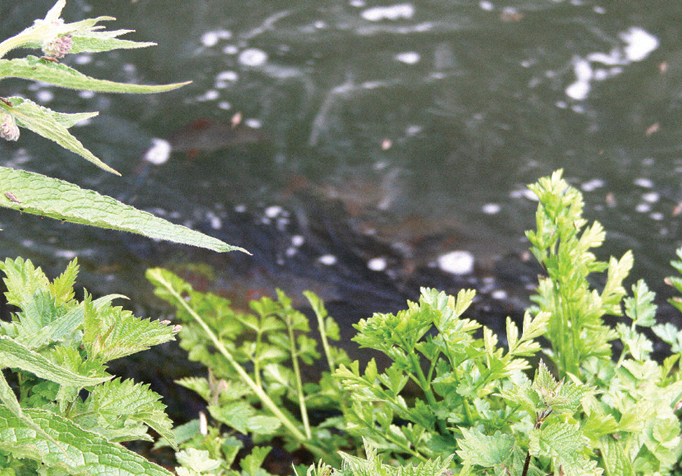 |
|
| |
Some of the photography was not up to the same standard as the earlier pages, but we have included some of the pictures nonetheless, partly to demonstrate the different conditions roach will spawn in. This picture is of roach spawning in water you wouldn’t want to try to stand up in, even though it was only three feet deep. The pace was thunderous.
|
|
| |
 |
|
| |
|
|
| |
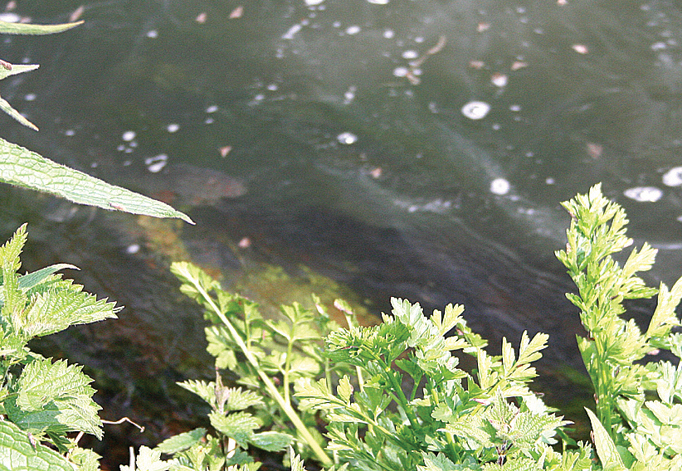 |
|
| |
We decided to suspend this board sub-surface, as we felt the fierce flow would have buffeted it around too much. The pace was such that we had to anchor the board by strapping two concrete filled one meter lengths of scaffolding tube to the back of it, then tether this to a stake in the bank. This board was placed in front of some fifty feet of fontinalis and was the only thing spawned on. We replaced it with three fresh when we lifted and removed it . Again, there were only a couple of dozen fish in residence.
|
|
| |
 |
|
| |
|
|
| |
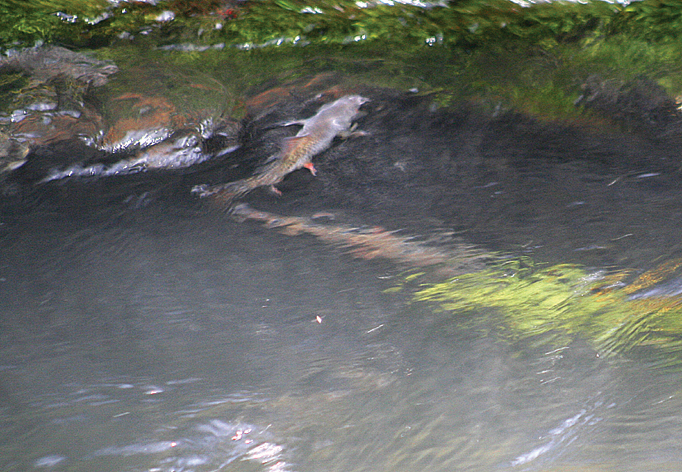 |
|
| |
This was yet another location, and again you wouldn’t want to try to stand in the river here. You’d be swept away before your feet hit the bottom. Again, here, the number of roach spawning was very low, with perhaps as little as ten fish. However, it made for some pretty spectacular viewing, with this fellow almost leaving the water.
|
|
| |
 |
|
| |
|
|
| |
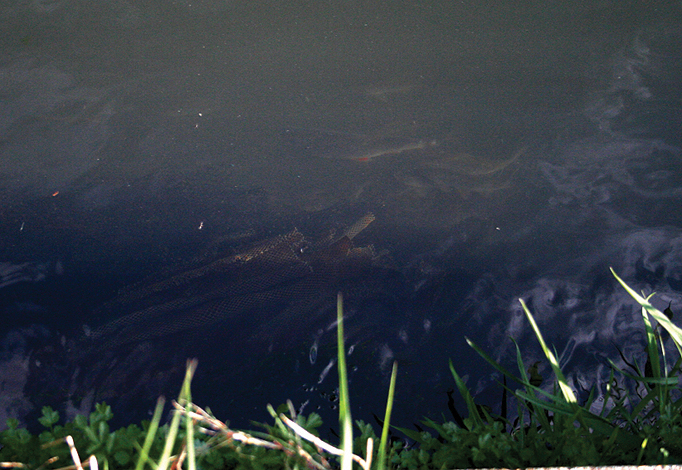 |
|
| |
At this location there seemed to be a greater number of roach, but, all in all, a much smaller average size. One afternoon we witnessed what can only be described as a frenzied orgy of spawning. It was like a light show, with roach flashing and chasing each other around, crashing into the net, wriggling and writhing and shuddering as they released their spawn. We lifted the board after a day to replace it with a fresh one only to find not a single egg had been laid. We have never heard of roach doing this and were surprised they did, especially as they leave themselves so vulnerable while doing so. We returned a week later to find them doing the same, only this time for real.
|
|
| |
 |
|
| |
|
|
| |
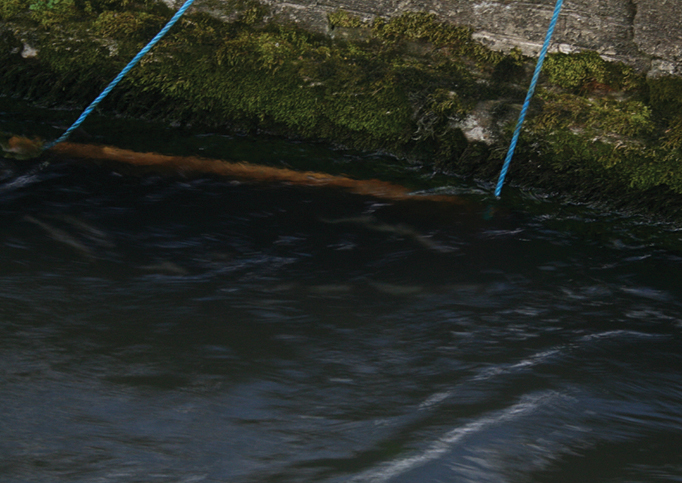 |
|
| |
This is one of the first pictures we managed to get of roach spawning on our boards, so we could simply have included it here for this reason alone. However, it also shows how they get alongside the board in small groups, where the males rub against the females stimulating the release of her eggs. We believe the texture of our netting may, in conjunction with this, do the same.
|
|
| |
 |
|
| |
|
|
| |
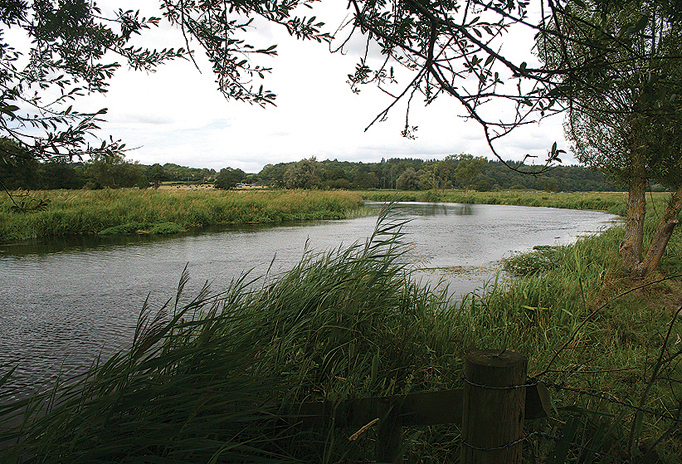 |
|
| |
And this is what it’s all about. The Hampshire Avon. In the chapter ‘Roach Fishing on the Hampshire Avon’ in his book ‘This Fishing or Angling Art and Artifices’ Captain L. A. Parker wrote ‘Some of the catches, if recorded, would be almost unbelievable.’ We feel it is tragic that the roach fishing in some parts of the Avon has again reached ‘Unbelievable’ status, but sadly not for the same reason.
|
|
| |
 |
|
| |
|
|
| |
 |
|
| |
|
|
| |
|
|
| |
|
| |
|
|
|
|

